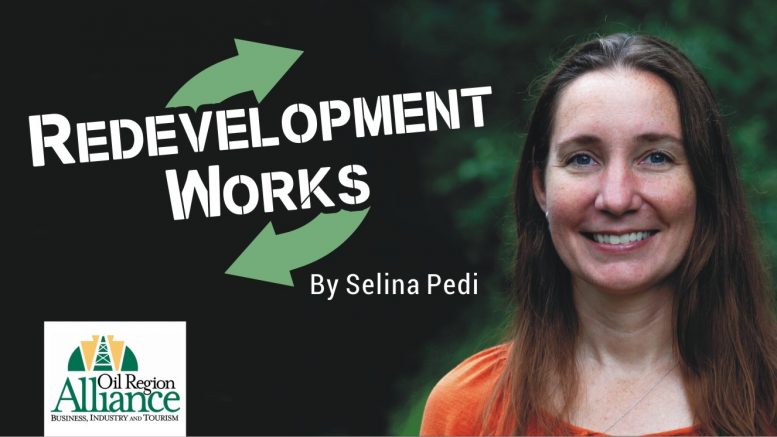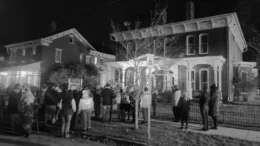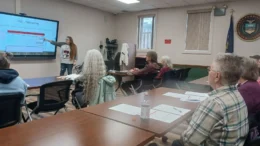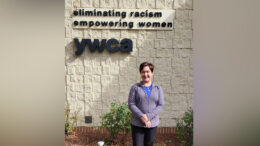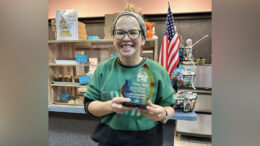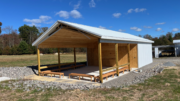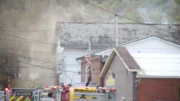To wrap up our discussion around agroforestry this month I wanted to share a successful tree-based bioremediation project out of Texas. Since much of the redevelopment work we do in and around the Oil Heritage Region is brownfield redevelopment, we are always keen to learn about viable, realistic, cost-effective remediation strategies. And with our regional agriculture skillset, why not use whacha got, right?
This example project was started in 2019 in Corpus Christi, Texas, by Intrinsyx Environmental, with the goal to clean up an early-twentieth-century petroleum tank farm. Known contaminants included mixed hydrocarbons, benzene, naphthalene, and a host of other hard-to-pronounce nasties in both the soil and groundwater. The client for the project did not want to simply cap the site – or cover it in concrete, a depressingly common “remediation” strategy that leaves a site with extremely limited reuse options and does nothing to clean up the soil and groundwater – because they did not want to have a brownfield site to manage in perpetuity. They wanted to actually clean it up and move it out of the brownfield stage! The project was expected to take five to seven years, and as of this year, it has been progressing very well on that schedule, with “major reductions in all contaminants on site” already. It is particularly interesting that groundwater contamination levels are decreasing almost ten times faster than prior to the start of bioremediation. More details on the project are available at www.intrinsyxenvironmental.com.
So how did this project achieve such great success in such a short time, with even greater success expected in future? Trees. Given the climate and conditions of Corpus Christi, which has mild winters and long, hot summers with an elevated chance of severe wind and rain, the project team chose to employ hybrid poplar trees. These trees grow fast and are resilient to severe weather. In fact, after the first year of the project, 85% of the initial saplings had survived, and almost all of the 15% that needed replanted survived into the second year. Buffalo grass, which is a drought-tolerant bunching grass variety widely used in poor, hot soils, was seeded around the trees as well as planted in areas of the site that were not suitable for trees. The grass will not help as much with groundwater clean-up, since it is shallow-rooted relative to the trees, but it is already helping to sequester toxins from the soil surface and subsurface. Any vegetation at all helps with stormwater flows, too, helping to keep contaminated surface water and groundwater from reaching areas outside the project site, which is helpful given the fact that the area has weathered two hurricanes since the project started!
After the remediation stage of this project is complete, this site will be suitable for almost any type of use imaginable, with healthy, storm-resilient soil, a harvestable crop of poplar, and a lush carpet of buffalo grass. If you’re interested in agroforestry-meets-bioremediation projects like this, or anything at all related to our regional redevelopment planning, please reach out or join us for an in-person chat any Friday afternoon in Foxburg!
Selina Pedi is the Oil Region Alliance redevelopment manager. She can be reached by email at spedi@oilregion.org.

